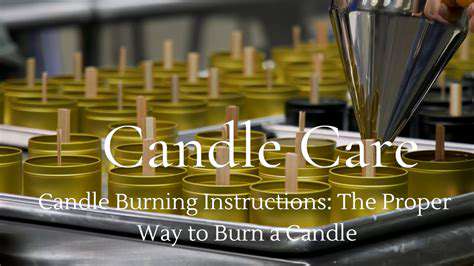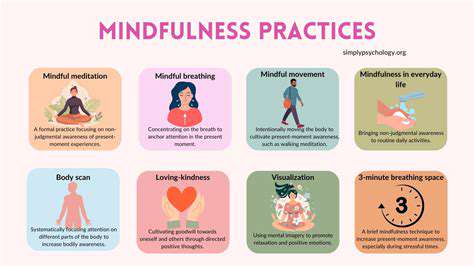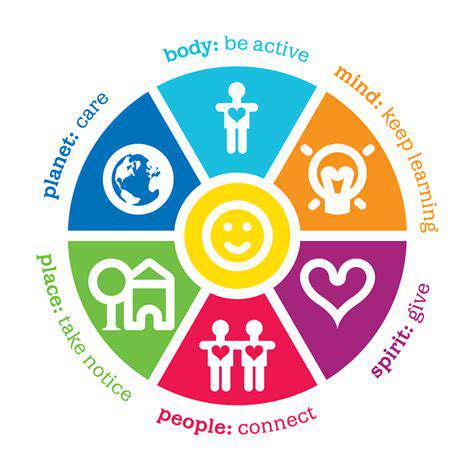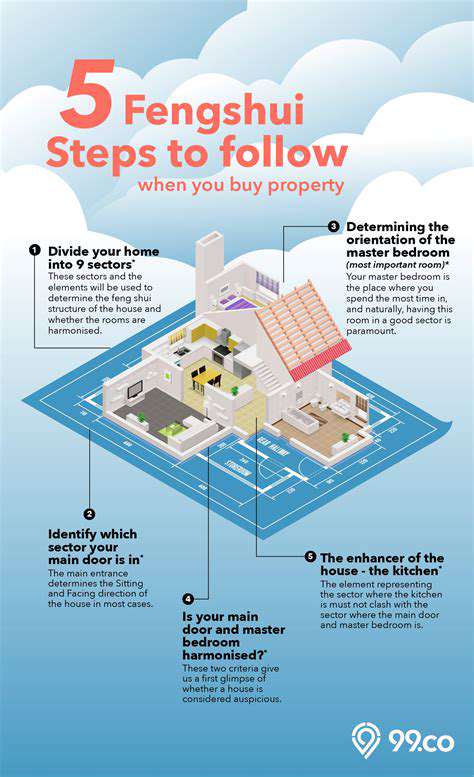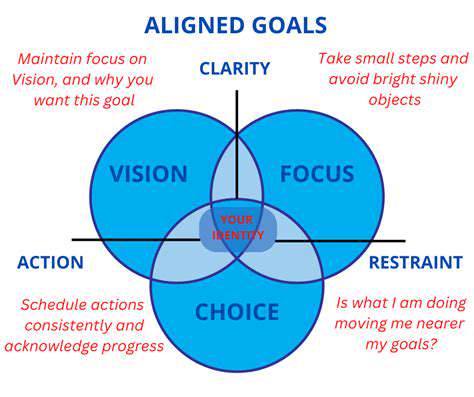Welcome to your ultimate resource for Feng Shui knowledge and inspiration. Our website is dedicated to helping you bring harmony and prosperity into every aspect of your life through practical, personalized Feng Shui practices. From home and office arrangements to health, relationships, and cultural insights, we cover it all. Whether you're new to Feng Shui or a seasoned practitioner, you'll find valuable tips, expert advice, and easy-to-follow guides to create spaces that radiate positive energy and success. Unlock the secrets of Feng Shui today and transform your surroundings into a source of joy and balance.
Harmonizing Your SpacesUnlock the secrets of balance and harmony in your home or workspace with Feng Shui's Five Elements.Feng Shui, the ancient Chinese art of placement, emphasizes the harmonious flow of energy (Qi) within a space. A key component of this practice is the understanding and application of the Five Elements: wood, fire, earth, metal, and water. These elements are not just physical objects; they represent interconnected forces that influence our lives and the energy of our surroundings.Understanding the Five Elements:Each of the Five Elements possesses unique characteristics and energies. Wood, for instance, represents growth, new beginnings, and creativity. Fire symbolizes passion, energy, and transformation. Earth signifies stability, grounding, and nourishment. Metal represents structure, clarity, and focus. Water embodies flow, abundance, and emotional intelligence.How the Elements Interact:The Five Elements are not isolated entities; they are interconnected and influence each other through a cyclical relationship. For example, wood feeds fire, fire produces earth, earth gives birth to metal, metal generates water, and water nourishes wood. This continuous cycle of creation and transformation is essential for maintaining a balanced and harmonious environment.Applying the Five Elements in Your Home:Understanding the Five Elements allows you to harmonize your living space. By thoughtfully incorporating elements associated with each element, you can create a space that resonates with your needs and promotes positive energy.* Wood: Incorporate natural elements like plants, wood furniture, and light, airy colors. A touch of green can invigorate any room.* Fire: Use warm colors like red and orange in strategically placed accents. Candles, fireplaces, and warm lighting can also enhance the fire element.* Earth: Earthy tones like beige, brown, and gold, as well as natural materials like stone and clay, can bring stability and grounding to a space. Add elements like crystals and textured rugs.* Metal: Incorporate metallic accents, sleek furniture, and sharp lines. Mirrors and reflective surfaces can amplify the energy of this element.* Water: Use blue, black, and gray colors. Add flowing shapes and water features (like fountains or aquariums) to encourage a sense of calmness and abundance.Balancing the Elements for Optimal Harmony:A truly harmonious space balances all five elements. Overemphasis on any one element can create imbalances. Assess your current space and identify the elements present. Then, consciously introduce elements that are lacking or that need strengthening to create a more balanced and harmonious environment.Beyond the Basics:This is a simplified introduction to the Five Elements in Feng Shui. Further study can delve into more complex concepts, such as the relationship between the elements and specific directions in your home, and the use of specific symbols associated with each element.Keywords: Feng Shui, Five Elements, Wood, Fire, Earth, Metal, Water, Harmonizing Spaces, Home Decor, Interior Design, Qi, Energy, Balance, Harmony, Positive Energy.
May 13, 2025
The best crystals for enhancing personal energy
May 13, 2025
Choosing the right desk location for office Feng Shui
May 13, 2025
Creating a peaceful environment for meditation with Feng Shui
May 13, 2025
Factors Influencing Fountain Placement for Maximum ImpactDiscover the key considerations for strategically placing fountains to enhance their visual appeal and community impact. Proper fountain placement can transform public spaces, create focal points, and elevate the aesthetic value of any area. This comprehensive guide explores essential factors such as location, accessibility, design, and environmental considerations to ensure your fountain installation achieves maximum effect. Location and AccessibilityThe placement of a fountain is crucial in maximizing its visual and functional impact. Positioning the fountain in a central, highly visible area—such as city squares, park entrances, or prominent public plazas—ensures it attracts attention and becomes a landmark. Accessibility is equally important; the fountain should be easily reachable for visitors, maintenance staff, and emergency services. A well-chosen location encourages community interaction and enhances the overall ambiance of the space. Visibility and Focal PointsFountains serve as natural focal points in outdoor environments. To optimize visibility, consider sightlines from various vantage points within the area. Situate the fountain where it can be appreciated from multiple angles, including nearby seating areas, pathways, and buildings. Effective lighting during evening hours can further highlight the fountain, making it a captivating centerpiece day and night. Design and Size ConsiderationsThe design and size of the fountain should complement the surroundings. Larger fountains work well in expansive public spaces, creating a grand impression, while smaller features can add charm to intimate settings. The aesthetic style—modern, classical, or thematic—should align with the overall landscape architecture and urban design. Proper scale and design harmony ensure the fountain enhances, rather than overwhelms, its environment. Environmental and Safety FactorsEnvironmental conditions, such as wind, sunlight, and local climate, influence fountain placement. Positioning the fountain where it can operate efficiently without excessive splashing or water loss is vital. Safety considerations include avoiding placement near pathways or seating areas where water spray could cause slipping hazards or discomfort. Additionally, the site should accommodate maintenance needs and incorporate features like drainage and electrical access. ConclusionMaximizing the impact of a fountain requires careful planning and strategic placement. By considering factors like location, visibility, design, environmental conditions, and safety, you can create a stunning focal point that enhances public spaces, encourages community engagement, and elevates the aesthetic appeal of any area. Thoughtful fountain placement not only beautifies environments but also fosters a sense of place and enjoyment for all visitors.---*Enhance your outdoor space with expertly placed fountains. Contact our landscape design specialists today to learn more about creating captivating water features that leave a lasting impression.*
May 13, 2025
Choosing candles to create a warm and welcoming atmosphere
May 12, 2025
Tips for an efficient and productive desk setup
May 12, 2025
The significance of the dragon symbol in Feng Shui
May 12, 2025
Encouraging child development with better room layouts
May 12, 2025
Holistic wellness tips for designing your home
May 11, 2025
Designing a peaceful area for meditation or yoga
May 11, 2025
How to create a comfortable space for chronic conditions
May 10, 2025
Improving kitchen design for a healthier lifestyle
May 10, 2025
How to boost your career using astrology and Feng Shui
May 10, 2025
Creating better air circulation and quality indoors
May 09, 2025





